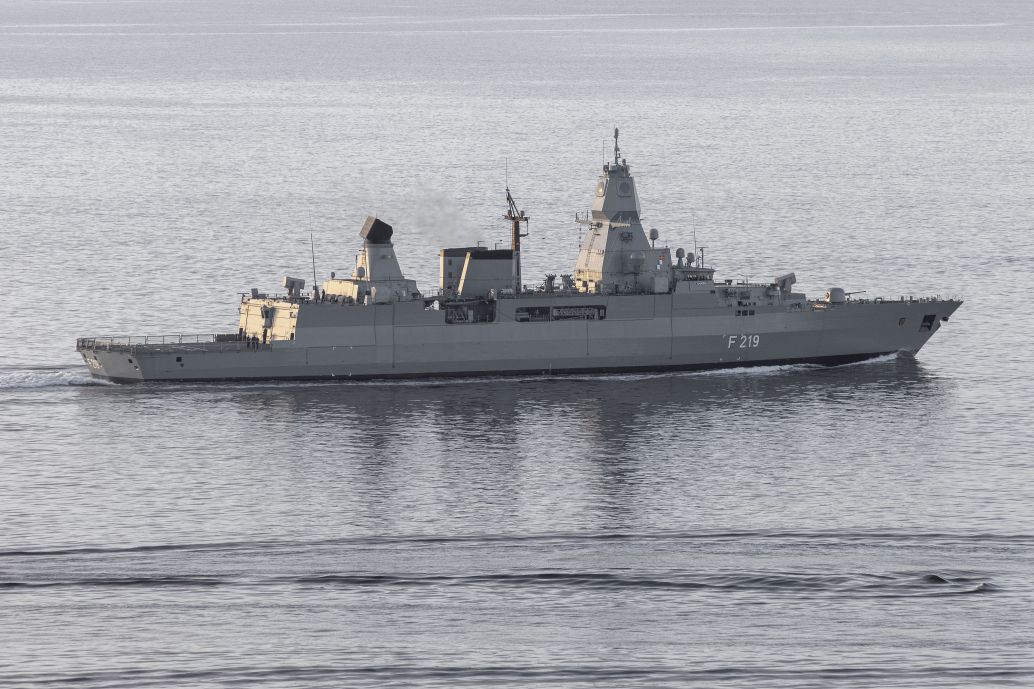Curious the falling through of the triton drones and the lack of perhaps any ASW air platform will be a big blow to Germany. Often having this is complimentary to operating subs, as it gives you the complete training cycle.
The P8 is a high end platform, and operates differently from the p3, and is generally not replaced on a 1 for 1. Some countries like Australia and the US are complimenting it with drones (MQ4C) which have tremendous range, mission length etc. Its a systems approach where two platforms vastly out perform the previous one in every way.
For a lot of countries P3's provided the backbone of eez protection. SAR, fishing, to surface navy and submarines. For countries like Iran and Taiwan, they can't just walk into a Boeing dealership and walk out with P8's and tritons, regardless of the money. I would imagine P3 airframes/spares would fetch high prices. I can see plenty of European countries being put in a bind where it becomes extremely uneconomical to operate their p3 fleet, but cannot acquire a replacement. I would presume many would be watching Germany and other leading European nations on what they may do.
Significantly different number of hard points. I guess the alternative platforms would be more suited to smaller search areas, covering less distance. Perhaps the North sea and the Baltic sea do fit these profiles better. However, it will limit Europe's wider capability to patrols the oceanic waters around it.Even the smaller of present gen Turboprop MPA like CN235 can provide loitering patrol times of 11 hours. The capabilities and capacities that Turkish ATR-72 seems already capable enough as P3 replacement.
The P8 is a high end platform, and operates differently from the p3, and is generally not replaced on a 1 for 1. Some countries like Australia and the US are complimenting it with drones (MQ4C) which have tremendous range, mission length etc. Its a systems approach where two platforms vastly out perform the previous one in every way.
For a lot of countries P3's provided the backbone of eez protection. SAR, fishing, to surface navy and submarines. For countries like Iran and Taiwan, they can't just walk into a Boeing dealership and walk out with P8's and tritons, regardless of the money. I would imagine P3 airframes/spares would fetch high prices. I can see plenty of European countries being put in a bind where it becomes extremely uneconomical to operate their p3 fleet, but cannot acquire a replacement. I would presume many would be watching Germany and other leading European nations on what they may do.


